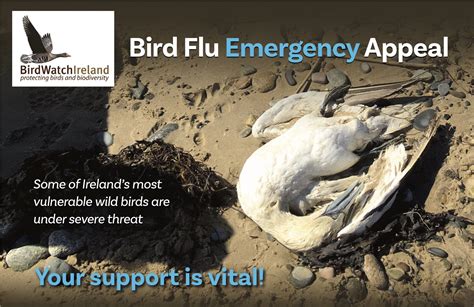Introduction

As the human population continues to grow and encroach on natural habitats, birds are increasingly at risk of injury or entrapment. This is a serious problem, as birds play a vital role in our ecosystem. They help to control pests, pollinate plants, and disperse seeds.
In addition, birds are often beloved companions and members of our families. When a bird is injured or trapped, it is important to know how to respond quickly and effectively. With the right knowledge, you can help to save a bird’s life.
5 Bird Emergency Response & Rescue Actions for 2025
- Assess the situation.
The first step in responding to a bird emergency is to assess the situation. This includes determining the type of injury or entrapment, the severity of the injury, and the bird’s overall condition.
If the bird is injured, look for signs of bleeding, broken bones, or other injuries. If the bird is trapped, try to determine how it became trapped and if it is in any immediate danger.
- Contact a wildlife rehabilitator.
Once you have assessed the situation, you should contact a wildlife rehabilitator. Wildlife rehabilitators are trained professionals who can provide medical care and rehabilitation to injured or orphaned birds.
When you contact a wildlife rehabilitator, be prepared to provide information about the bird, including the type of injury or entrapment, the severity of the injury, and the bird’s overall condition.
- Transport the bird to the wildlife rehabilitator.
If the bird needs to be transported to a wildlife rehabilitator, you should do so in a safe and humane manner.
Place the bird in a cardboard box or pet carrier. Line the box or carrier with soft cloths or towels. Do not give the bird any food or water.
- Keep the bird warm.
Birds are very sensitive to cold temperatures. If the bird is cold, you should keep it warm by wrapping it in a towel or blanket.
- Monitor the bird.
Once you have transported the bird to the wildlife rehabilitator, you should monitor the bird’s condition. Look for signs of improvement or worsening.
If the bird’s condition worsens, you should contact the wildlife rehabilitator immediately.
Conclusion
Responding to a bird emergency can be a daunting task. However, by following these five steps, you can help to save a bird’s life.
Remember, the most important thing is to act quickly and effectively. With the right knowledge, you can make a difference in the life of a bird.
Here are some additional tips for responding to a bird emergency:
- Stay calm. It is important to stay calm when responding to a bird emergency. This will help you to think clearly and make the best decisions for the bird.
- Be gentle. Birds are fragile creatures. It is important to be gentle when handling them.
- Do not give the bird food or water. Birds do not need to eat or drink immediately after being injured or trapped.
- Transport the bird in a safe and humane manner. Place the bird in a cardboard box or pet carrier. Line the box or carrier with soft cloths or towels. Do not give the bird any food or water.
- Monitor the bird. Once you have transported the bird to the wildlife rehabilitator, you should monitor the bird’s condition. Look for signs of improvement or worsening.
- If the bird’s condition worsens, you should contact the wildlife rehabilitator immediately.





















